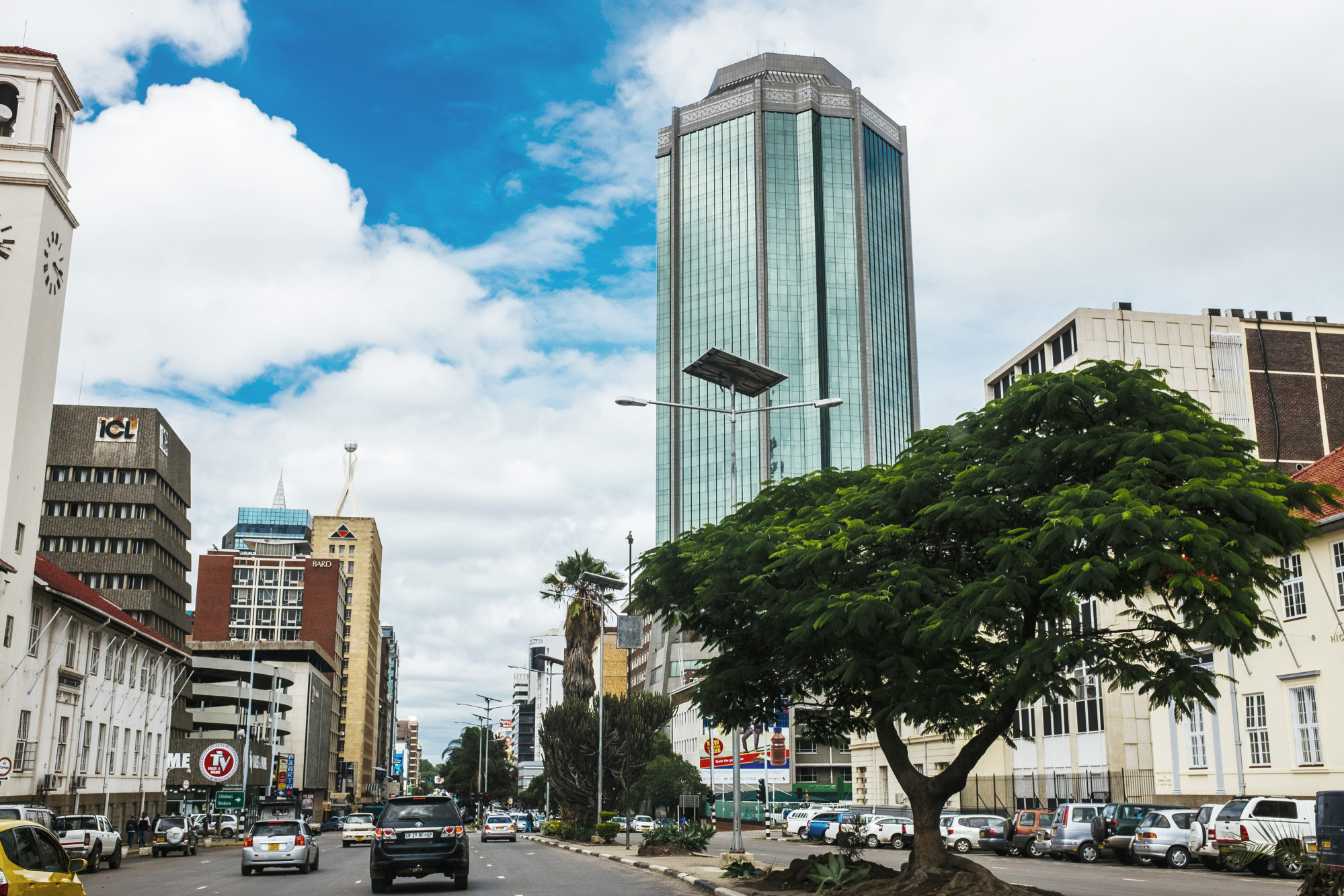Have you ever noticed that not a lot of people call Zimbabwe’s local currency the “Zimbabwe Dollar”? Most call it the Z-W-L, RTGS or colloquially “MaBond”. Is it because the notion of the Zim Dollar is so far afield that many prefer to use whatever placeholder was put on the local currency, waiting for the day when it would officially deserve to be referred to as the Zimbabwe Dollar?
From the outside looking in, one would be forgiven for assuming that the ZW$ is a secondary currency because for all intent and purposes, forex runs the economy. Look at how, for example, passports are priced exclusively in United States Dollars, or how most recently the Beitbridge Border Post was reportedly no longer accepting ZWL (see even I did it there…).
Every government agency, parastatal is moving towards the USD because when it comes to value retention and playing in global trade, it greases the wheels towards progress more effectively.
If you guessed that this would be the trajectory of events when the USD was announced as legal tender back in 2020, there are no prizes, unfortunately. Because even when it was taboo to transact in USD, there was nothing that the financial authorities could do to stop its trade because the might of the informal economy dictated that greenbacks change hands for goods and services.
Now, it appears that the wisdom of the sages of the unregulated economy has swept into the halls of the traditional financial institutions.
According to the Q3, 2022 Reserve Bank of Zimbabwe (RBZ) Quartely Banking Report, 69.09% of loans and advances in the market are now in USD.
“Total banking sector loans and advances amounted to $1.1 trillion as at 30 September 2022, representing a 68.33% increase from $603.14 billion as at 30 June 2022. The increase was largely attributed to the translation of foreign currency denominated loans, which constituted 69.09% of total banking sector loans compared to 65.87% reported as at 30 June 2022”
– RBZ
Whoever managed to make this happen is a genius because if all of the loans were in local currency then that would have meant that complicated inflation adjustment calculators would need to be coded to allow the banks to recoup their investment. It sucks for the legion of devs and UX/UI designers who would have made a killing from adding that to banking platforms.
This is yet another excellent example of laziness finding ways to innovate…
Jokes aside though, in the business sense it all adds up because who would do much with a ZWL loan at this point? Because you would have to find a way to change it into USD in bulk in order to make it make sense for whatever business use case you have.
Moreover, the figures suggest that for the moment, there is a realisation from the financial authorities that the USD is a necessary evil until they can right the capsizing Zimbabwe Dollar…
So is the moral of the story that proclaiming dollarisation is a far less effective strategy than denying it while gradually implementing it?
Where’s the forex coming from?
The only question this leaves is, where are the banks getting the forex for these loans? Zimbabwe is a mattress banker’s wet dream so where are they getting the inflows to disburse to the credit-qualifying bourgeoisie?
Also read – The cash cow that is the SA to Zim remittance corridor








